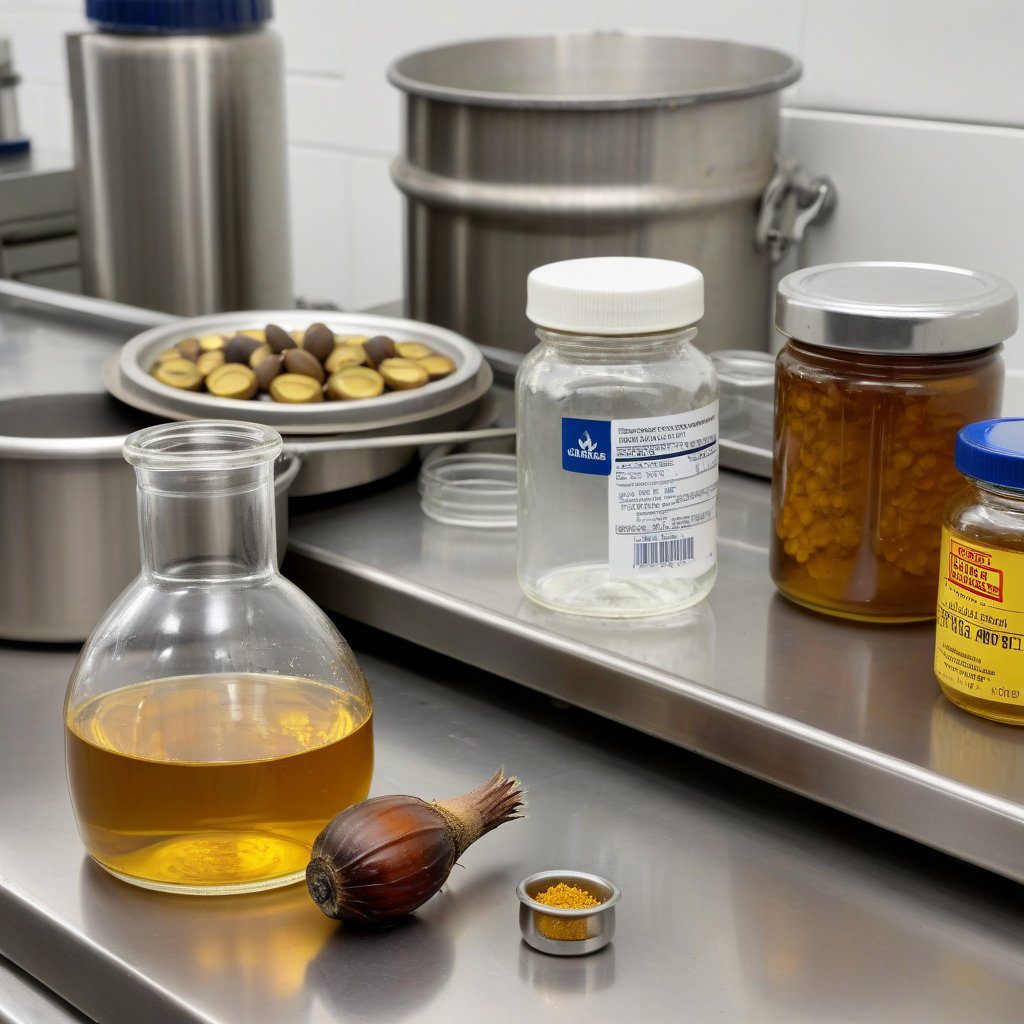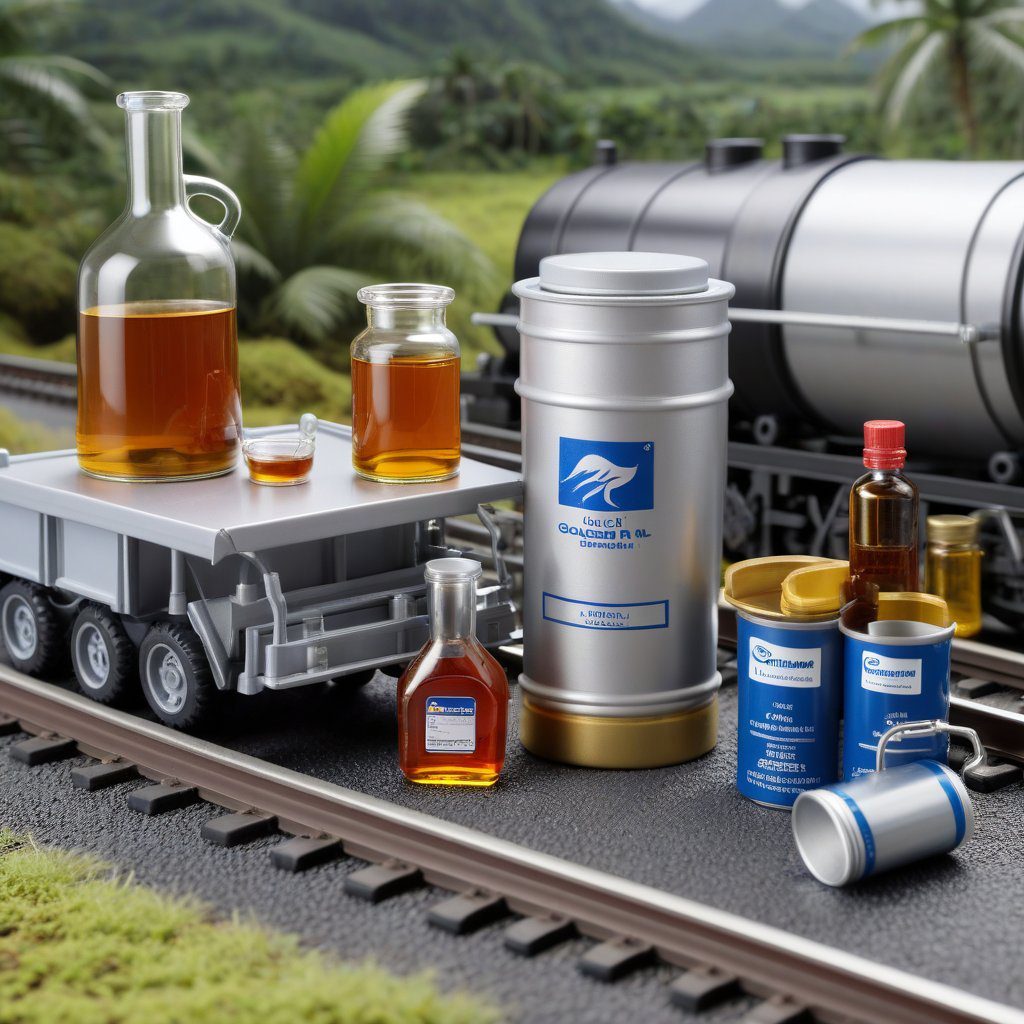Understanding Sodium Laureth Sulfate Quality Metrics
Sodium Laureth Sulfate (SLES) quality metrics play a crucial role in determining the effectiveness and reliability of this widely used surfactant. These metrics help in assessing the purity, concentration, and overall performance of SLES, ensuring that it meets the high standards required by various industries, particularly in personal care and cleaning products.
Key Quality Metrics for Sodium Laureth Sulfate
The primary quality metrics for Sodium Laureth Sulfate include concentration, purity, and specific gravity. Concentration is vital, as it determines the effectiveness of SLES in emulsifying and cleansing formulations. Purity is equally important, as contaminants can affect the safety and performance of the product. Specific gravity gives insights into the density of the solution, which can influence its application in formulations.
Purity Standards for SLES
Maintaining high purity standards for Sodium Laureth Sulfate is essential for ensuring product safety and effectiveness. A typical purity level for high-quality SLES is 27% or 70%, as offered by DIPLOMATA. These grades are meticulously tested for impurities and compliance with industry standards, ensuring they are suitable for various applications.
Concentration Levels and Their Importance
The concentration levels of Sodium Laureth Sulfate impact its performance across different formulations. A 27% concentration is often utilized in consumer products, while 70% is preferred for industrial applications. Understanding the appropriate concentration for specific uses is key to achieving desired results and maintaining product integrity.
Consistency in Supply and Quality
Consistency in the supply and quality of Sodium Laureth Sulfate is paramount for manufacturers and distributors. DIPLOMATA prides itself on providing a reliable supply chain from Brazil to the U.S., ensuring that customers receive high-quality SLES in both 27% and 70% grades without interruptions.
Applications of Sodium Laureth Sulfate
Sodium Laureth Sulfate is extensively used in formulations for shampoos, body washes, and household cleaning products. Its surfactant properties help create foam and enhance cleansing effectiveness. Understanding the quality metrics of SLES is essential for formulators to achieve optimal performance in their products.
Regulatory Compliance and Quality Assurance
Regulatory compliance is a critical aspect of Sodium Laureth Sulfate quality metrics. Manufacturers must adhere to safety regulations set by authorities like the FDA and EPA. DIPLOMATA ensures that all its SLES products meet these necessary regulations, providing peace of mind for U.S. distributors and consumers alike.
Market Demand for High-Quality SLES
The demand for high-quality Sodium Laureth Sulfate continues to grow, particularly within the U.S. market. As consumers become more aware of product safety and efficacy, suppliers like DIPLOMATA are positioned to meet this demand by offering high-quality SLES products that comply with stringent quality metrics.
Quality Testing and Certification
Rigorous quality testing and certification processes are integral to ensuring the quality of Sodium Laureth Sulfate. DIPLOMATA implements comprehensive testing methods to confirm that its SLES products meet the established quality metrics. This commitment to quality assurance helps build trust with its U.S. clientele.
Conclusion: The Role of Quality Metrics in SLES Distribution
The quality metrics of Sodium Laureth Sulfate are essential in establishing its reliability and effectiveness in various applications. Suppliers like DIPLOMATA, with a focus on consistent quality and supply, are well-positioned to lead the market in the distribution of SLES from Brazil to the U.S., meeting the specific needs of their customers.


